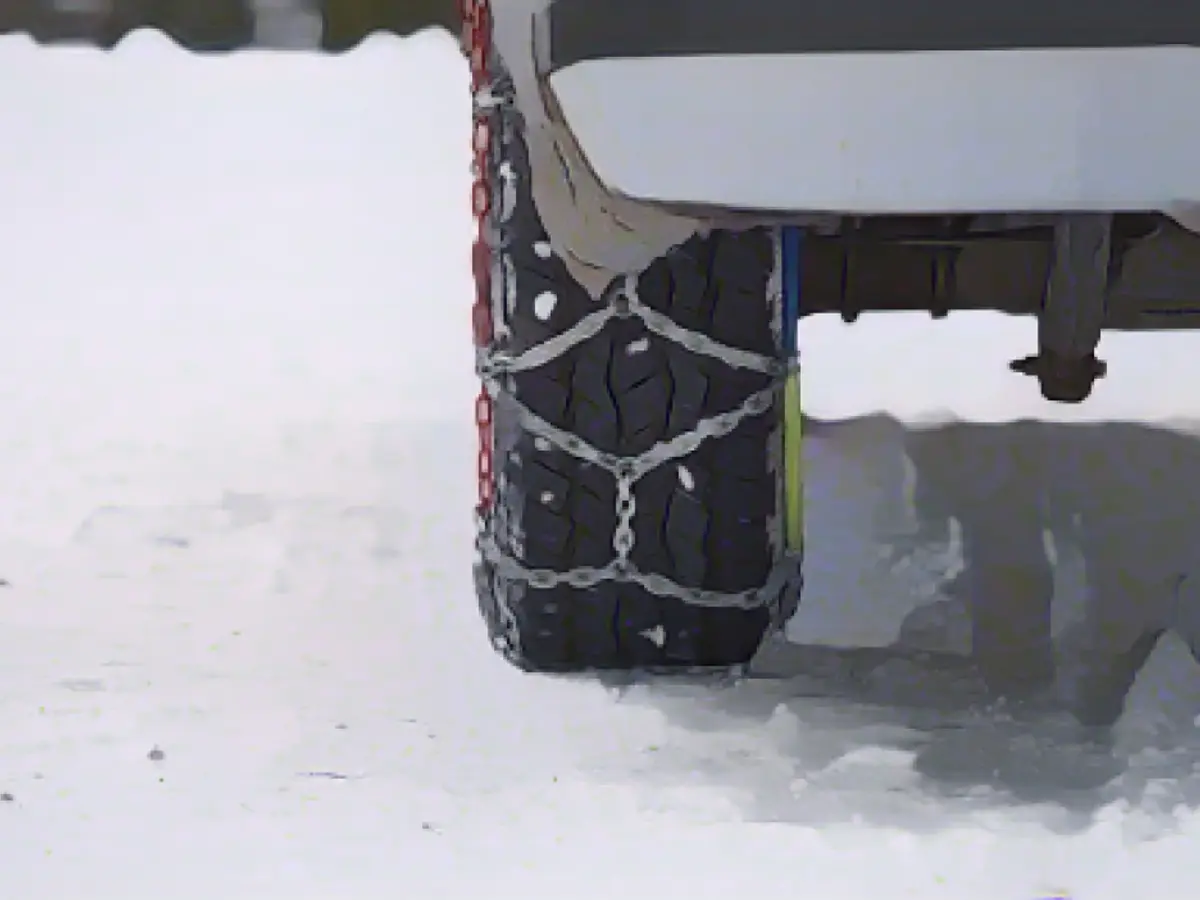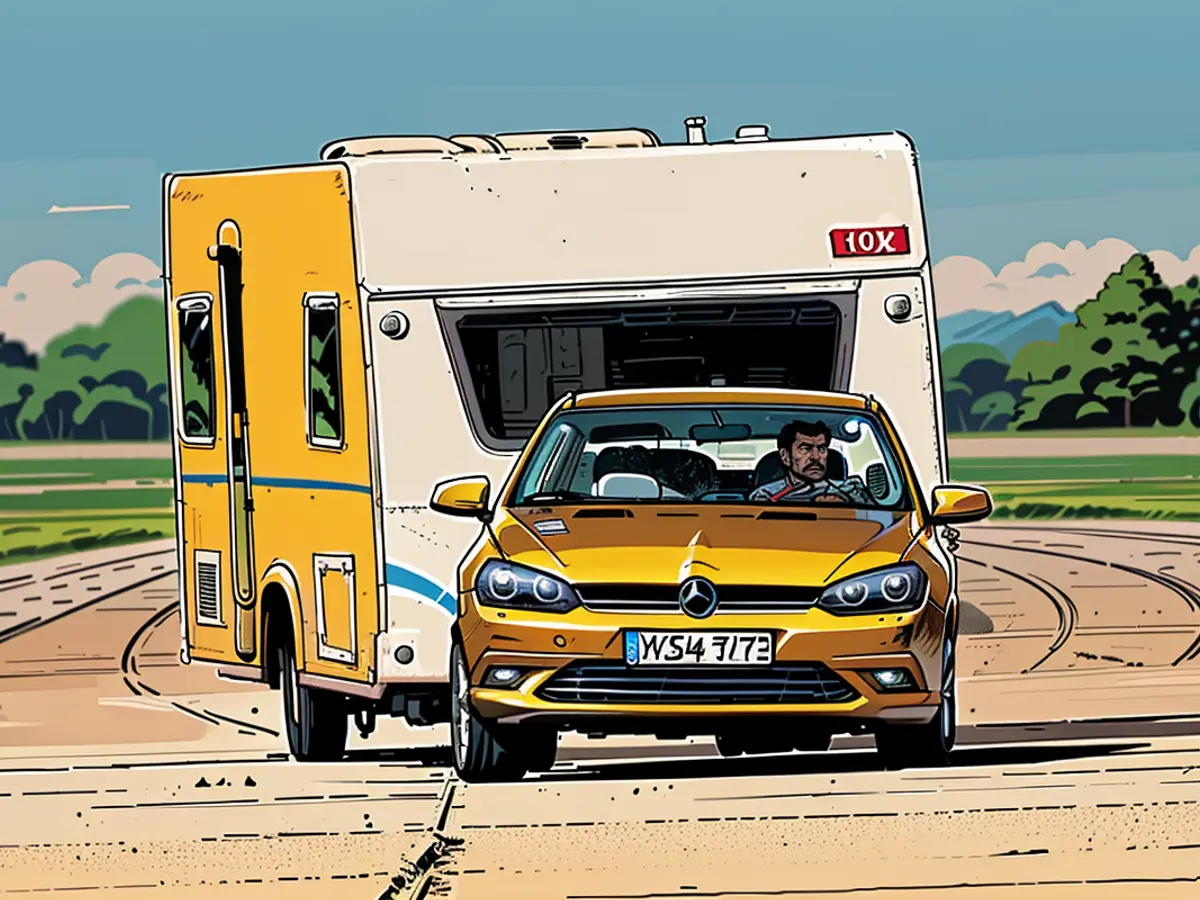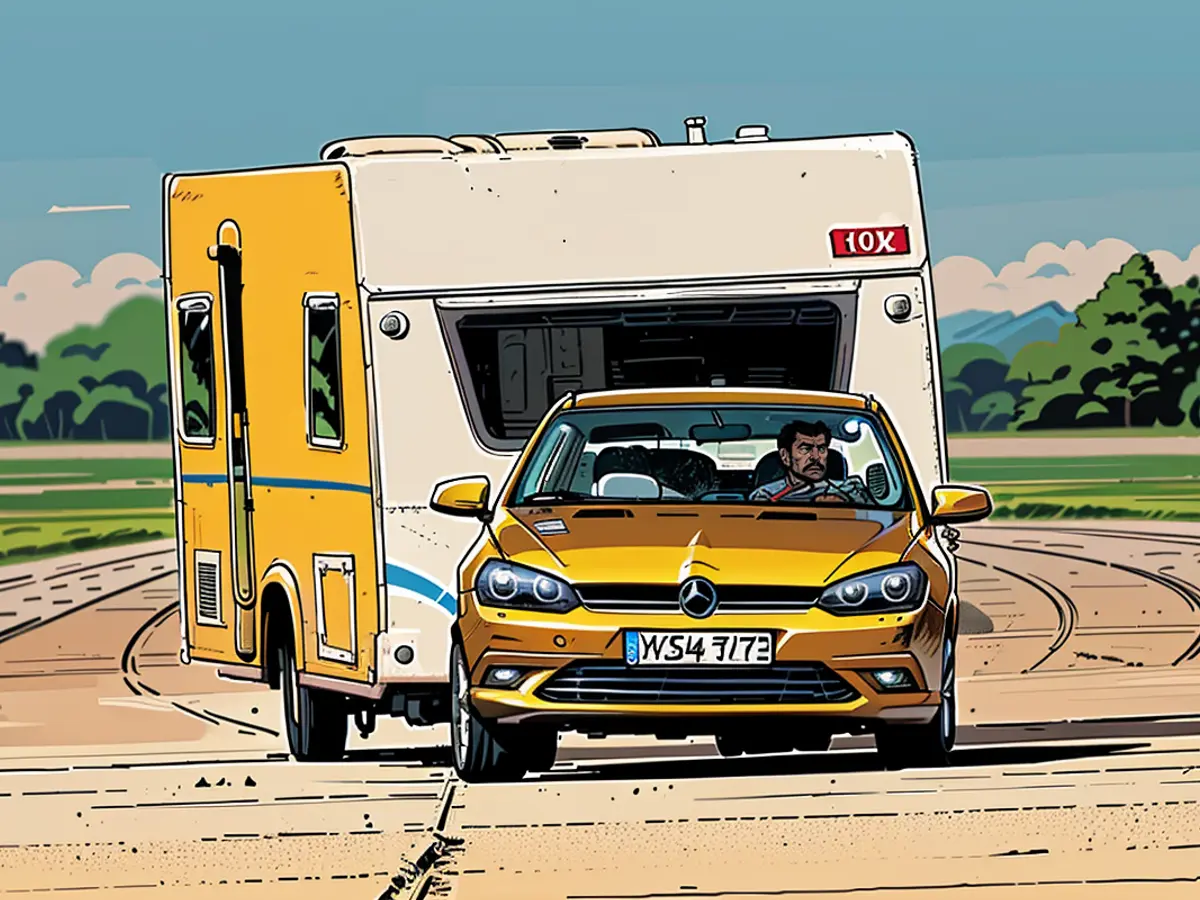Setting up Snow Chains for Safer Winter Driving
When winter weather rolls in, you might need snow chains depending on your location. While they may be prohibited in urban settings, they can be life-saving on mountain roads and rural areas. This guide provides some helpful tips for keeping your snow chains secure and in place during your journey.
Choose the Right Chain Size
Safety starts with selecting the right size chains for your car's tires. Even though there are some variations, finding the right fit for your tires is essential to avoid accidents. Look for tire size information by searching for labels on the tire sidewall. This information typically consists of three digits, a slash, and then two more digits. The first number refers to the tire width, followed by a percentage that indicates the tire height ratio, and finally, the wheel diameter in inches. Snow chains generally fit a wide range of tire sizes, so seek a size range that encompasses yours.
Test Your Chains
Prepare yourself for a successful installation by attempting to put on the snow chains in a dry, safe location - such as your garage or driveway - before attempting to install them in actual snowy conditions. Avoid driving with snow chains if the roads are clear, as they can scratch your car's tires while damaging the road surface or your garage's pavement. Testing your chains ahead of time ensures you're familiar with the process and understand how they work before you need them.
Mount the Chain for the Driving Tire
Snow chains are mounted on wheels that provide vehicle traction. Front-wheel-drive vehicles require chains to be mounted in front, while rear-wheel-drive vehicles need them in the back. Spread out the chain on the floor to prevent entanglement. The chain should have a cable or flat chain section with a series of interlocking chains. Position the chain so that the grip turning the cable is pointing towards the tire, preventing it from colliding with your tire's sidewalls. If your snow chains come with an instruction manual, now's the time to use it. Not all chains are the same.
Install the Snow Chains
Once your chain is unfolded and untangled, position it behind the tire and let the open end hang over the tire. Connect the two ends of the chain at the bottom of the vehicle using the provided tool. Next, connect the two ends of the chain on the street side of the tire. Use your car to spin the tire slightly to ensure the chains sit correctly. Adjust the chains as needed for an even fit.
Tighten the Chain
The final step before hitting the road is to tighten the chain. For many people, this is easiest when driving a short distance forward, allowing the chain to fall beneath the tire. You only need to turn the tire a quarter-to-half turn. Some snow chains use various tools, such as cables, bungees, or clips. To tighten the chain, pull it closer to the tire, creating a uniform distribution of the chains across the tire surface. If you lose your tightening tool, make do with whatever you have available, but keep in mind that custom solutions are often temporary and not recommended for long-term use.
Drive with Snow Chains
Driving with snow chains has slight differences compared to driving without. Maintain a maximum speed of 40 km/h to prevent damage to your chains or the roads. Avoid rapid acceleration and braking to keep your snow chains from slipping. If you see pavement without snow, it's time to remove your snow chains to prevent damage to your tires and the pavement.







